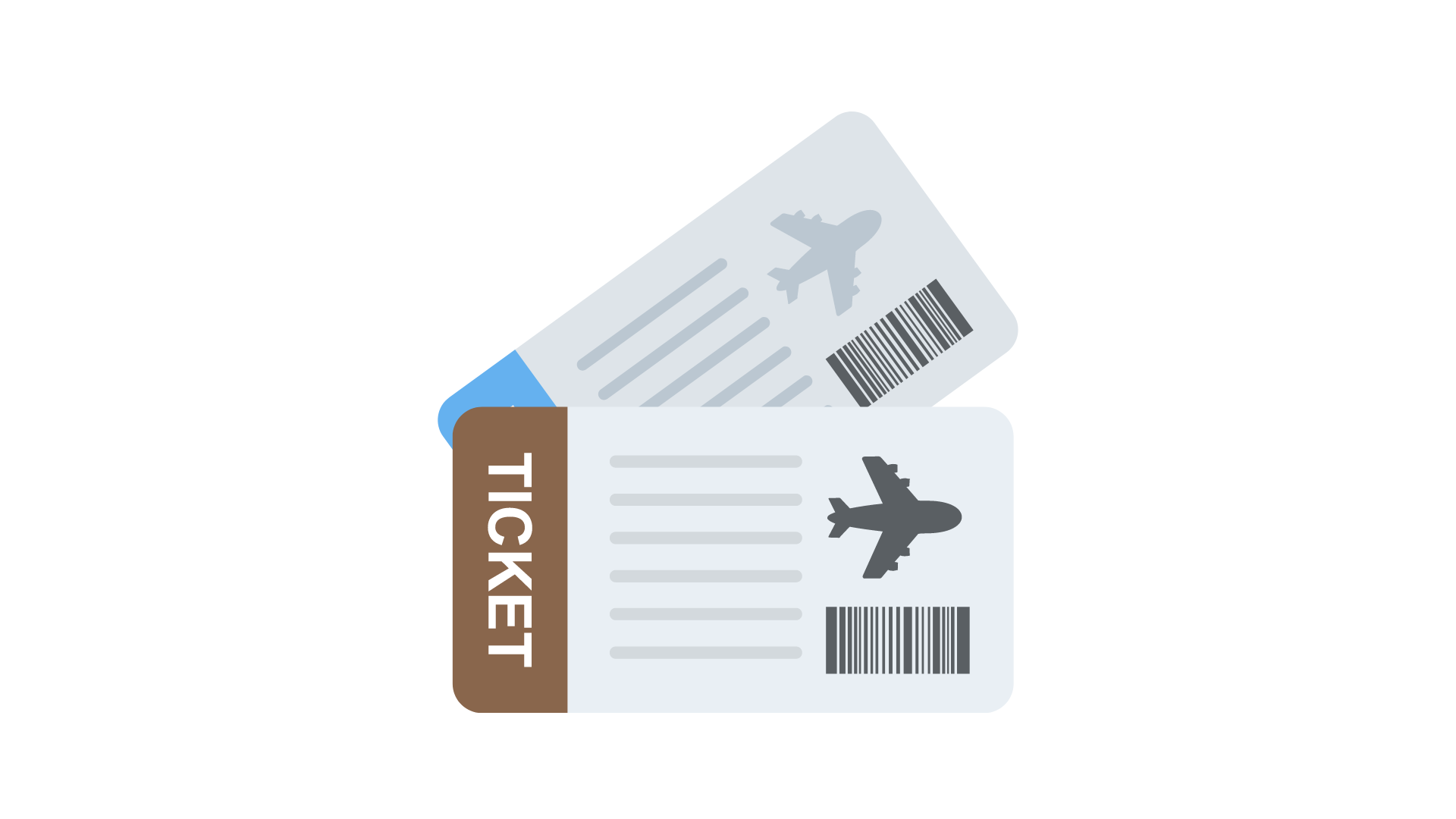Air travel is one of the safest modes of transportation, and there are several facts that support this claim:
According to the International Air Transport Association (IATA), the 2019 global accident rate was one accident for every 5.58 million flights, making it one of the safest years in aviation history.
In 2020, despite the challenges posed by the COVID-19 pandemic, the fatal accident rate for large commercial passenger jets was 0.13 per million flights, according to the Aviation Safety Network. This makes it the safest year ever for commercial aviation.
Airplanes are designed and built to withstand a wide range of weather conditions, including turbulence, lightning strikes, and high winds.
The aviation industry is highly regulated, and airlines and pilots are subject to strict safety regulations and procedures.
The aviation industry has made significant advances in technology and safety systems, such as collision avoidance systems, automated landings, and real-time weather information.
Pilots receive extensive training and undergo regular check-ups to ensure that they are fit to fly. They also undergo continuous training to keep their skills up-to-date.
Air traffic control systems are highly sophisticated and designed to ensure that airplanes maintain a safe distance from each other in the air.
In the unlikely event of an emergency, airplanes are equipped with safety features such as evacuation slides, emergency lighting, and flotation devices.
While no form of transportation can be completely risk-free, the safety record of air travel is impressive, and the industry is continuously working to improve safety standards and procedures.
Fear of Flying
Fear of flying, also known as aviophobia or aerophobia, is a common fear that affects many people. There are various causes that contribute to this fear, including:
Past traumatic experiences: People who have had negative experiences while flying, such as turbulence, flight delays, or air accidents, are more likely to develop a fear of flying.
Lack of control: Flying can make people feel like they have limited control over their environment, which can cause anxiety and fear. For some people, the thought of being 30,000 feet in the air, surrounded by strangers, and dependent on the pilot and crew to get them to their destination can be overwhelming.
Fear of heights: Flying can trigger a fear of heights in people who are already prone to this fear. This can result in feelings of anxiety and fear during takeoff and landing, as well as during turbulence.
Fear of enclosed spaces: For some people, being in a small, enclosed space for a long period of time can be frightening. This fear can be exacerbated by the thought of being in an aircraft with hundreds of people.
Media and cultural influences: Negative news stories about air accidents and other aviation incidents can contribute to a fear of flying. Additionally, popular culture, such as movies and books, often portray flying as dangerous or scary.
General anxiety: People with general anxiety disorders are more likely to experience fear and anxiety while flying. The stress of travel, the pressure to arrive on time, and the fear of being in a foreign place can all trigger feelings of anxiety in people with general anxiety disorders.
It is important to note that fear of flying can be treated and managed with therapy. With the right support, people with a fear of flying can learn to overcome their fears and enjoy the benefits of air travel.

What Maintains a Fear of Flying?
Fear of flying can lead people to engage in avoidance and safety behaviors in an effort to reduce their anxiety and fear. However, these behaviors can actually reinforce and perpetuate the fear, making it more difficult to overcome in the long term. Some common examples of fear of flying avoidance and safety behaviors include:
Avoidance of flying: People with a fear of flying may avoid flying altogether, which can limit their travel options and limit their ability to experience new places and opportunities.
Seeking reassurance: People may repeatedly ask the flight crew for information about the flight, such as the weather conditions and the status of the flight, in an effort to feel more secure.
Taking medication: Some people may take medication such as sleeping pills or anti-anxiety medication to help them feel more relaxed and calm during a flight.
Holding onto objects: People may cling to a lucky object, such as a necklace or a teddy bear, or to the armrests during take-off and landing, as a way to feel more secure.
Engaging in rituals: Some people may engage in repetitive behaviors, such as saying a prayer or counting, in an effort to calm their nerves.
While these behaviors may provide temporary relief, they do not address the underlying cause of the fear and can actually reinforce the fear by making the person more dependent on them. Instead, it is important to address the underlying fears and anxiety through therapy and exposure therapy to help overcome the fear of flying in a more lasting and effective way.

Overcoming a Fear of Flying
Overcoming a fear of flying can be a challenging process, but with the right approach, it is possible to conquer this fear and enjoy the benefits of air travel. Here are some tips that can help:
Educate yourself: Understanding how airplanes work, how they are maintained, and how they are designed to withstand turbulence and other issues can help you feel more confident and in control while flying.
Face your fear: Gradual exposure to flying can help you overcome your fear. This can be as simple as booking a short flight and gradually working your way up to longer flights.
Practice relaxation techniques: Breathing exercises, meditation, and progressive muscle relaxation can help you stay calm and relaxed while flying.
Focus on the present moment: Instead of dwelling on negative thoughts about the flight, try to focus on the present moment and what you can control, such as your breathing and relaxation techniques.
Find a support system: Talking to friends, family, or support groups about your fear of flying can help you feel less isolated and more supported.
Talk to a therapist: A therapist specialising in treating phobias can help you understand your fear and develop strategies to manage it. They can also help you work through any underlying psychological issues that may be contributing to your fear of flying.
It is important to remember that overcoming a fear of flying takes time and effort, and that setbacks are a normal part of the process. With patience and persistence, however, you can learn to overcome your fear of flying and enjoy the freedom and adventure that air travel can bring.
Private Consultation
Please click the button to schedule a private consultation.